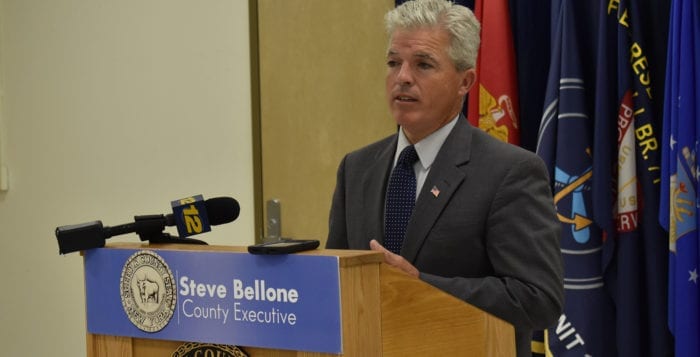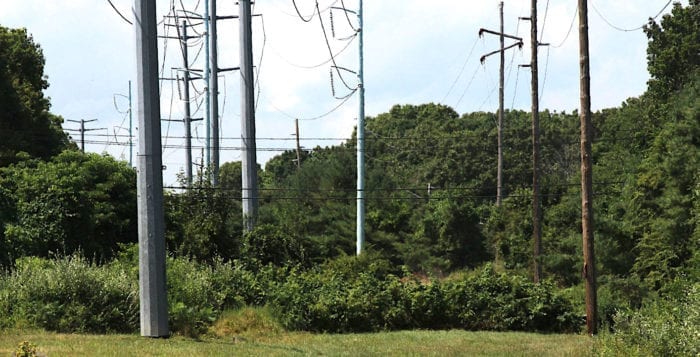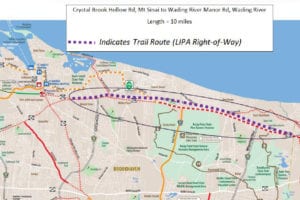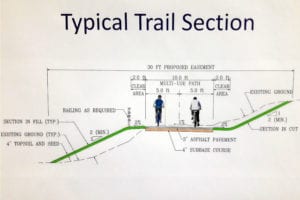Generations ago, the pioneers of suburbia planned our region with one mode of transportation in mind. Cars.
Our forebears, led by urban planner Robert Moses from the 1920s onward, developed our region around the automobile, viewing the car as the mechanical embodiment of core American values: individualism, autonomy, freedom and progress.
To accommodate their automotive aspirations, they built elaborate networks of roads and bridges, connecting every home to every school, supermarket, shopping mall and office park along a continuous stretch of pavement.
Generations later, we now know this thinking was profoundly short sighted. Modern realities of endless traffic congestion painfully extinguish yesterday’s fantasies of limitless open road.
Today, we exist in a decidedly auto-focused, auto-dependent context whereby every essential activity in our lives is mediated by — and requires access to — a motor vehicle.
While cars are indisputably an important component of our transportation ecosystem, they cannot be the only mode of transportation available to us.
Many seniors or people with disabilities cannot operate a car. Young people entering the workforce often cannot afford the high costs of car ownership and maintenance. It should come as no surprise that these demographics are fleeing our region in droves.
A recent AAA report estimates the average annual cost of car ownership is now over $12,000 per year — up more than 13% from last year. For our residents, cars represent a growing liability, disrupting our finances and hindering our quality of life.
Hiking and biking trails are a possible remedy to our transit woes. While creating valuable recreational opportunities, these amenities fulfill an even greater need by opening an alternative to our cars.
For example, the North Shore Rail Trail extends from Mount Sinai to Wading River, running parallel with state Route 25A. For nearby residents, the trail facilitates access to every storefront, parkland and local institution along that highly trafficked corridor — without an automobile.
Unlike the road, that confines us to the interior of our cars, the trail places us outdoors and in relation with nature. Trails restore that vital connection to the land severed long ago through auto-focused regional planning.
The time is now to expand and interconnect our existing trails. Like our roads, we must connect every community on Long Island along one continuous greenway.
The North Shore Rail Trail and the Setauket-Port Jefferson Station Greenway are separated by just over a mile. Planning must commence now to link these trails together.
But we cannot stop there. We must plan and construct new hiking and biking routes, introducing these trails to communities currently without them.
Unlike past decision-making, our plans for new trails must be done purposefully. Greenways should not be limited to parks and open spaces — they must also extend into our neighborhoods, our commercial districts and our schools.
Still, an integrated transportation network must account for all modes of transport — private and public. A more agile and efficient bus system is in order. We call upon Suffolk County Transit officials to explore shorter buses that can better maneuver and adapt to meet the needs of riders.
Our commuters require faster, more frequent rail service. The electrification of the Port Jefferson Branch of the Long Island Rail Road would satisfy this end. We call upon the Metropolitan Transportation Authority, U.S. Congressman Nick LaLota (R-NY1) and our New York State delegation to advance this plan more aggressively.
With creative thinking, community-based planning and bold vision, we can revolutionize our transit network, rectifying decades-old faults and counteracting our regional decline. Together, let us blaze new trails ahead. Suffolk County’s new GEAR Up program is a step in the right direction.

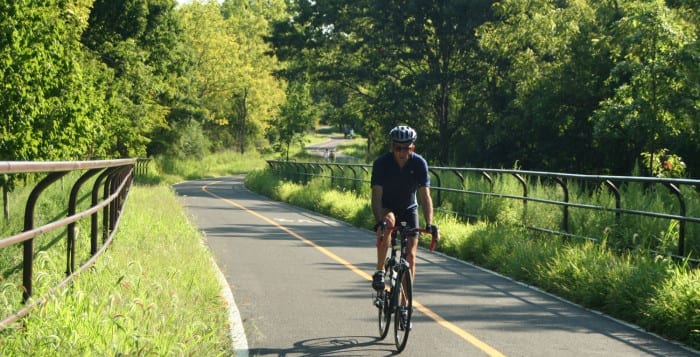
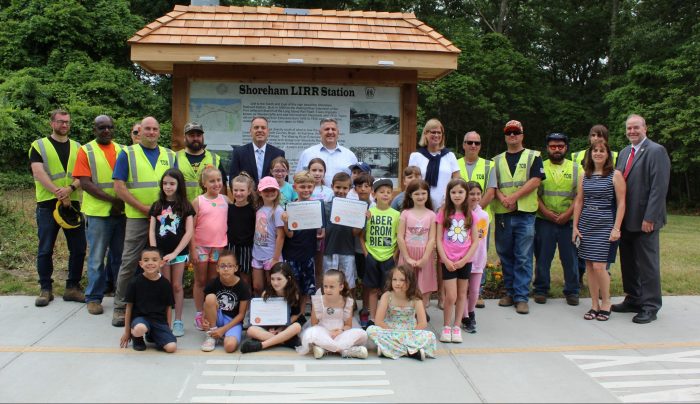
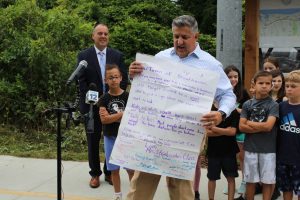
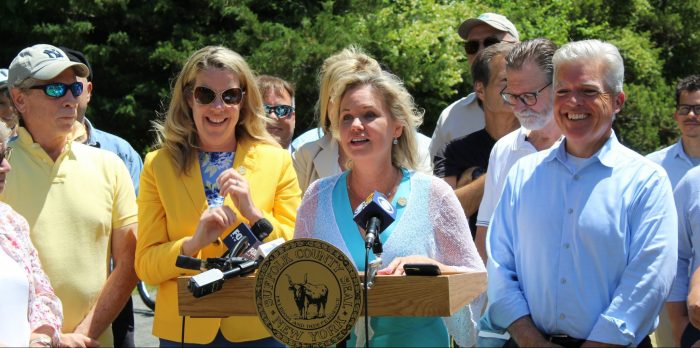

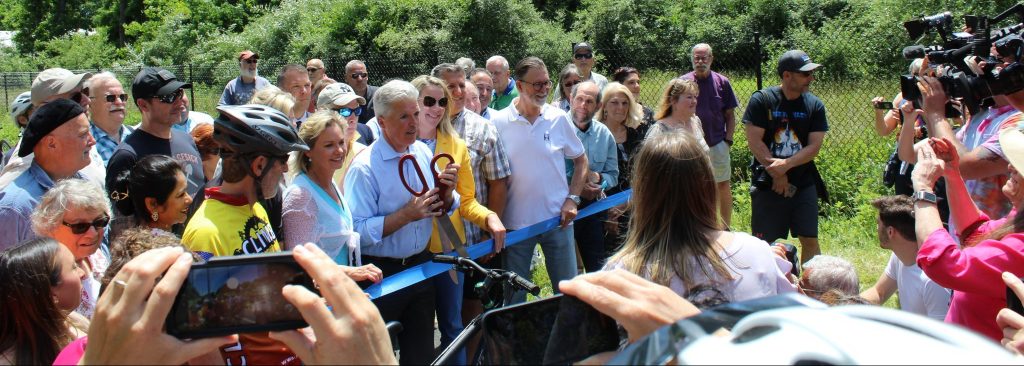


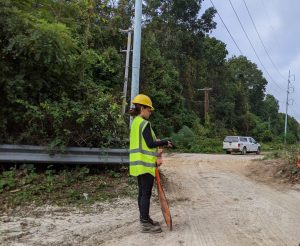
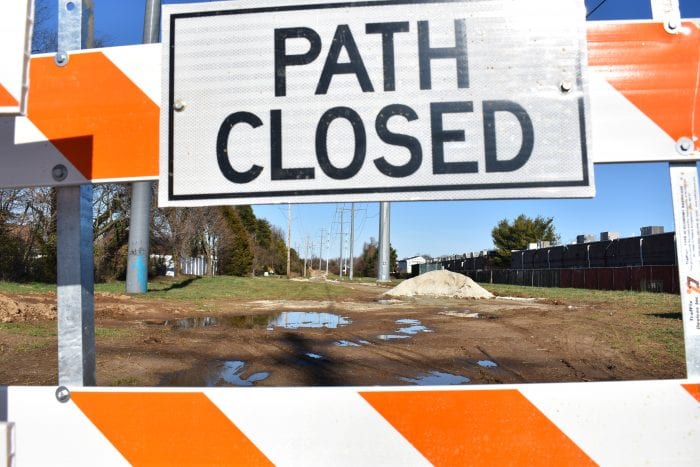


 Thus when the new Rails to Trails group needed “persons of interest” to attend official government meetings, or informed residents to speak at community meetings, skilled home-grown activists were well-established and ready to work together on this ambitious goal. But advocates also knew that they needed an engaged local elected official who could help navigate the system and secure government support. When Sarah Anker (D-Mount Sinai) became a Suffolk County legislator in 2011, this trail became a legislative goal.
Thus when the new Rails to Trails group needed “persons of interest” to attend official government meetings, or informed residents to speak at community meetings, skilled home-grown activists were well-established and ready to work together on this ambitious goal. But advocates also knew that they needed an engaged local elected official who could help navigate the system and secure government support. When Sarah Anker (D-Mount Sinai) became a Suffolk County legislator in 2011, this trail became a legislative goal.
